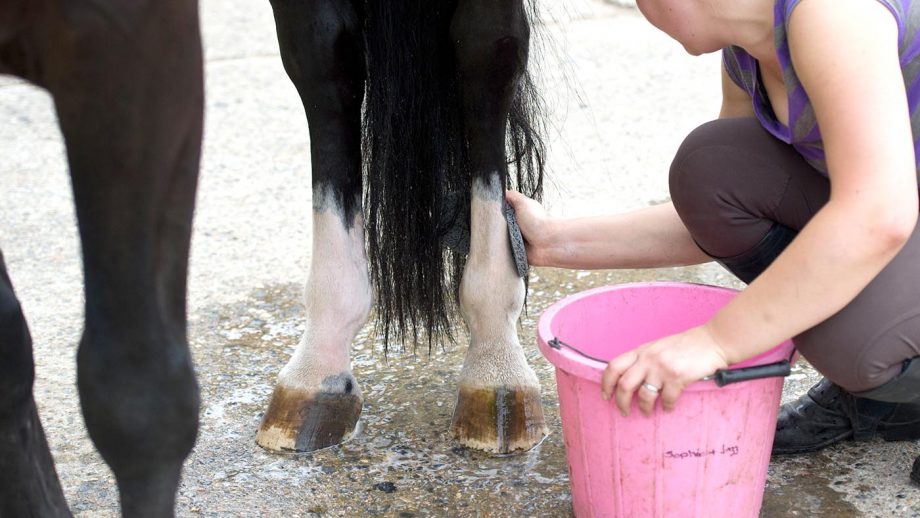For many horse enthusiasts, learning how to put a headstall on a horse is a fundamental yet crucial skill. Whether you’re an experienced equestrian or new to riding, mastering this step helps ensure both horse and rider enjoy a safe and comfortable experience. This guide takes you through a detailed, easy-to-follow process of attaching a headstall, while also providing relevant insights about choosing the right fit for your equine partner.

Understanding the Basics of Horse Tack
Before diving into the step-by-step instructions, it’s important to grasp the basics of horse tack, which includes the headstall. The headstall is part of the bridle that holds the bit in the horse’s mouth and allows for communication between the rider and the horse. Understanding its function will enhance your appreciation of this essential gear.
The Importance of a Good Fit
A well-fitted headstall is vital for the horse’s comfort and responsiveness. An improperly fitted headstall can cause discomfort, leading to issues with control and horse behavior. It also impacts the horse’s overall performance.
Choosing the Right Headstall for Your Horse
Types of Headstalls
There are various types of headstalls available, each with specific benefits:
- Browband Headstall: Commonly used in Western and English riding, featuring a strap that goes across the horse’s forehead.
- One-Ear Headstall: Features a loop that wraps around one of the horse’s ears.
- Slip Ear Headstall: Similar to the one-ear but more secure for horses with smaller ears.
Material Considerations
Headstalls come in different materials such as leather, nylon, and biothane. Leather is traditional and durable, while nylon is lightweight and easy to clean. Biothane provides a strong yet easy-care alternative to leather.
How to Measure for a Headstall
Proper measurement is essential to ensure the headstall fits correctly:
- Measure from one corner of the horse’s mouth, over the poll, to the other corner of the mouth.
- Measure across the forehead from one ear to the other.
- Adjust for the cheek pieces, considering that they should lie comfortably along the horse’s face.
Step-by-Step Guide: How to Put a Headstall on a Horse
Preparing Your Horse
Before beginning, ensure your horse is calm and securely tied or held by an assistant.
Adjusting the Headstall
Prior to putting the headstall on your horse, adjust it to approximately the right size based on your measurements.
Putting the Bit in Place
Hold the bit gently and allow the horse to take it into its mouth. Ensure the horse is relaxed and the bit is positioned comfortably.
Placing the Headstall
Once the bit is in the horses mouth, lift the headstall over the horses ears. Make sure the browband sits correctly across the forehead.
Final Adjustments
Check that the cheek pieces are even and adjust the throat latch so its snug but not tight. The goal is for the horse to be comfortable while ensuring you have proper control.
Common Mistakes to Avoid
Being mindful of common errors can enhance the horse’s comfort:
- Not adjusting the headstall to fit: Ensure your adjustments are accurate before proceeding.
- Bit positioned too high or too low: The bit should rest comfortably in the corners of the mouth.
- Ignoring signs of discomfort: Pay attention to your horses gestures for indications of discomfort.
Troubleshooting Headstall Issues
Identifying Discomfort
Signs like head tossing or reluctance to take the bit suggest possible discomfort in how the headstall is fitted.
Adjusting the Fit
Re-examine the fit of the browband, throat latch, and cheekpieces if your horse demonstrates signs of discomfort or control issues.
Additional Resources
For more information on securing tack, you might find these links useful: When to blanket a horse, saddle weight guide, and measuring stirrup leathers.

FAQs
How tight should a throat latch be?
The throat latch should be snug enough to avoid slipping over the head but loose enough to fit two fingers between it and the horse’s throat.
What should I do if my horse refuses the bit?
Evaluate the bit size and comfort, and consider a veterinary check-up if problems persist.
How often should I check my horse’s tack fit?
Regularly inspect the tack each time before riding to accommodate any weight or muscle changes in your horse.







